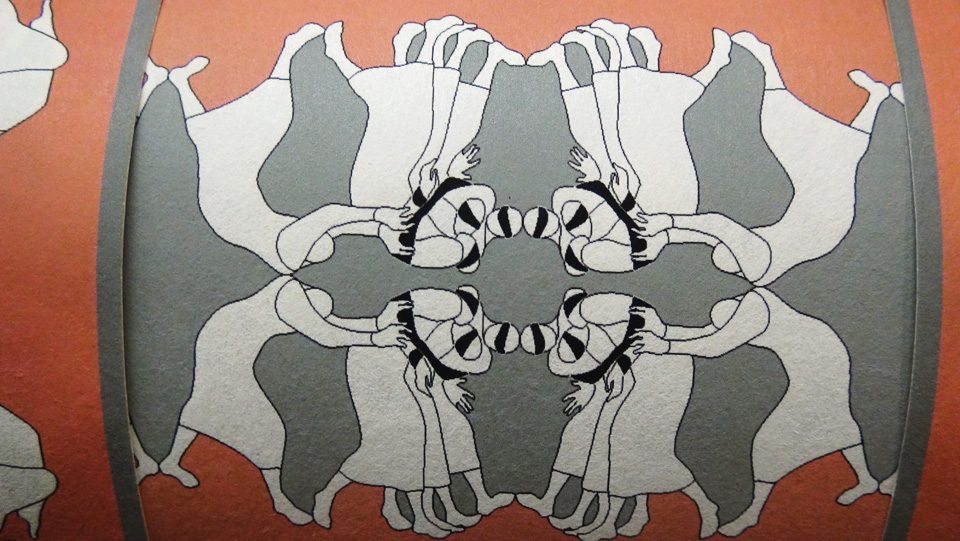The individual threads (warp and weft) are analogous to the different and irreducible cultures, which are simultaneously held in close proximity (weave structure) but retain their independence. Therefore, the weave, in its entirety, can be read as an illustration of the interactions between the different ideas, loyalties or affiliations during transculturation. The weaving metaphor is useful for analysing Forouhar’s artwork, as it helps to explain how she renegotiates the binary oppositions of beauty and pain/death, religion and secularism, and tradition and modernity. From a Text by Lydia Wooldridge
Weaving Pain, 2013, Digital drawing, digital print and laser cut on Kozo paper, 235X135 cm

 Ornamental Structures, Kunstverein Worms, 2014
Ornamental Structures, Kunstverein Worms, 2014 The Fascination of Persia, Rietberg Museum, Zurich, 2013
The Fascination of Persia, Rietberg Museum, Zurich, 2013



 Details
Details
